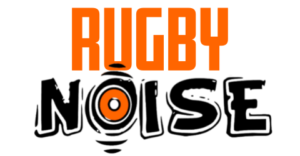Rugby is a very difficult sport to play. Every position on the field requires a certain level of athleticism, but there are definitely some positions on the pitch which are more athletic.
What is the most athletic position in Rugby? It is difficult to say what the most athletic position in rugby is, but most people would either say Openside Flanker, Inside Centre or Winger.
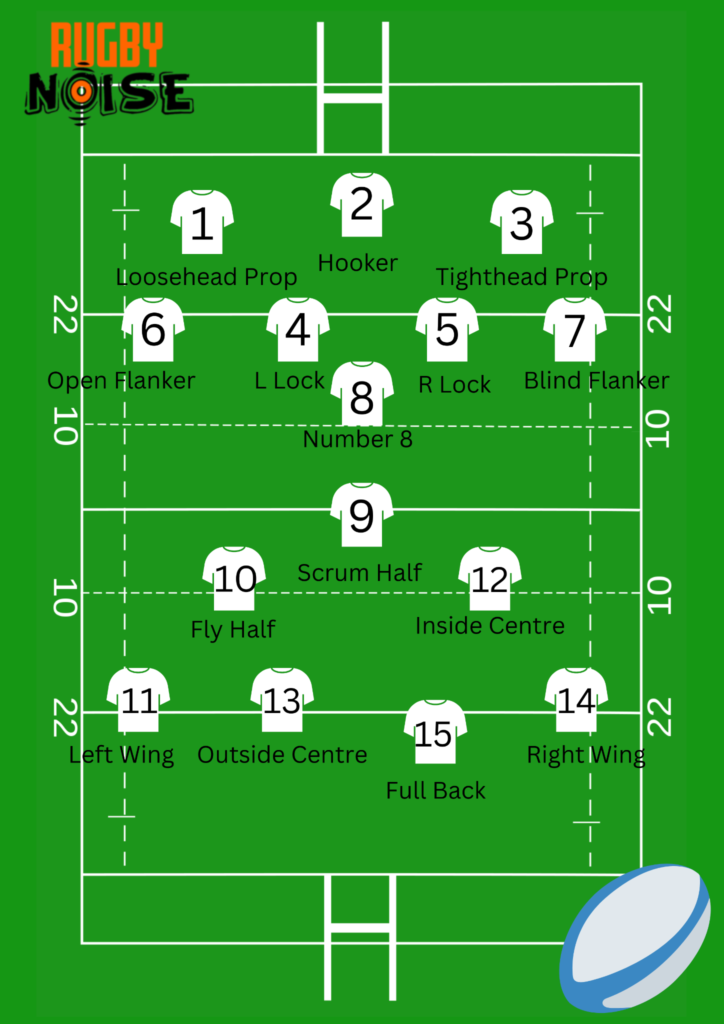
It is incredibly difficult to say what the most athletic position in rugby is because all positions have parts of their game that are best. For example, you would say that the Front Row are the most powerful players on the pitch, but also the slowest. The positions mentioned have a good blend of size, strength, speed and athleticism which makes them the most athletic.
An Openside Flanker is the smallest and most mobile of the forwards. They are required to cover a huge amount of space and be one of the team’s main tacklers. But they are also required to be incredibly physical, a tough ball carrier who also makes physical tackles. So they need a good blend of size, speed and strength which makes them very athletic.
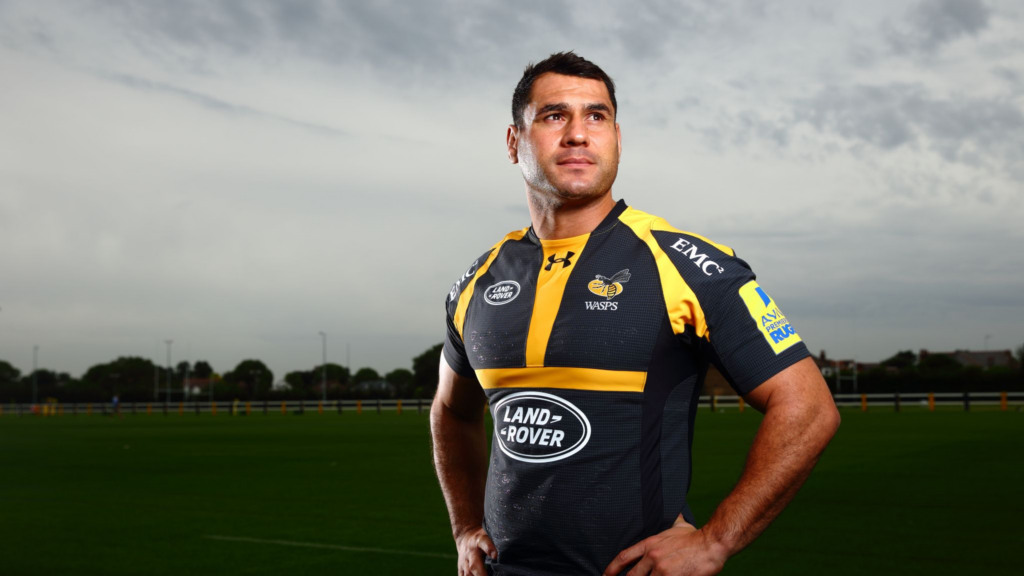
George Smith – Openside Flanker
Inside Centres also need to be physical, but more in an attacking sense. That is because they need to be the primary ball carrier of the backs, making the hard inside runs from set pieces. But being one of the backs means they also need to travel at high speeds when they are making these runs. This makes them incredibly strong as well as incredibly fast, being one of the best athletes.
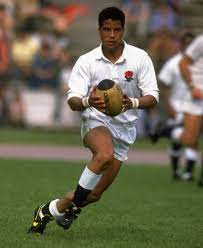
Jeremy Guscott – Inside Centre
Wingers might not have the same power as Inside Centres physically, but they are certainly the fastest and most agile athletes on a rugby pitch. That is because they need to beat opponents in a 1v1 situation.
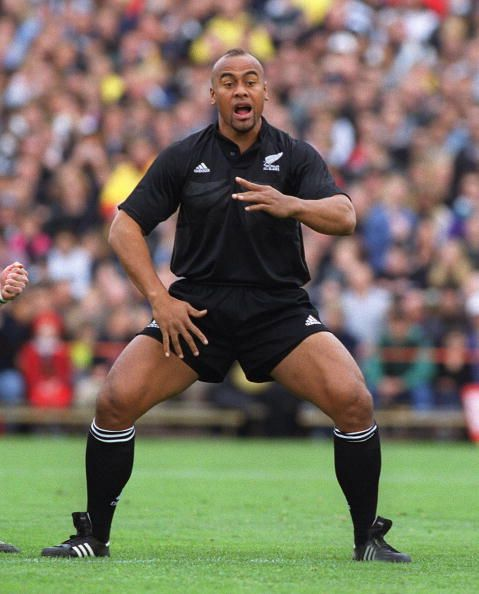
Jonah Lomu – Winger
There are certainly some examples of wingers also being incredibly strong and powerful. Nemani Nadolo is a great example of an international winger who is a brilliant athlete, with size, speed, power and strength. Wingers are not the most physical however normally, so you would say that either Openside Flanker or Inside Centre are the best athletes.
How can I be a good rugby winger?
The majority of world-class wingers tend to be incredibly quick. To be a great winger you need to be the fastest player on your team, as you will often be getting the ball in open play against one or two defenders. Being agile and quick is crucial as a winger, so that needs to be a focus point of training.
Wingers will need to have excellent hands, as they need to be careful with the ball travelling at a high speed. The very best wingers in the world can catch incredibly difficult balls, as well as being good under the high ball. Working on catching balls that have been kicked high in the air is a crucial training point for wingers.
The very best wingers in the world are also good at kicking the ball. Quite often a winger can find themselves in the backfield with the ball and they need to kick. Wingers need to have similar skills to fullbacks and therefore kicking is very important.
What rugby position gets tackled the most?
The Number Eight is usually the position in rugby that gets tackled the most. That is because they are the primary ball carrier for each rugby team. The Number Eights’ role is being the primary ball carrier for their team in attack. Getting the ball a lot in attack means you get tackled a lot.
There are certainly other positions which get tackled a lot including Inside Centre, Flanker and Loosehead Prop. But the Number Eight is almost always a team’s number-one option in attack. Being at the top of the carry charts means they will also get tackled the most out of any player on the field.
Number Eights are built to carry the ball. They are big and strong and physical which means they can break over the gain line in attack. Guys like Jasper Wiese, Billy Vunipola and Gregory Aldritt are almost always the most tackled rugby players on the pitch because they get given the ball the most times by their teams.
How do you play Flanker in rugby?
Playing flanker is one of the most technical positions on a rugby pitch. As a flanker, you need to be at the top of the tackle charts every game. Flankers are required to cover a huge amount of space and therefore need to be tackling a lot during games.
In terms of the scrum, the role of the flanker is in the name. They are on the flanks of the scrum, bound to the outside hip of the props in front of them. It may not look like it, but pushing powerfully in the scrum as a flanker is really important, as a dominant scrum can completely change a game.
One of the other skills that you need to play as a Flanker is being strong at the breakdown. They need to be able to get over the ball and create turnovers. The very best Flankers are ones that are fast enough to get their hands on the ball in the ruck before opposing players can clear them out.
They are then strong enough to not be shifted off the ball quickly. There is still a certain amount of technique included as the Flanker needs to control their body so they don’t go off their feet when getting to the ruck.
Can you play rugby skinny?
While it is not ideal, rugby is a game that you can play if you’re skinny. The skinnier players on a team will usually play either Scrum Half or on the wing. Wingers need to be incredibly fast and while there are certainly wingers in international who are far from skinny, wingers can still be the lightest players on the pitch.
Scrum-half is also a good position to play if you are skinny. That is because they are much more technical and usually less involved with the physical side of the game.
